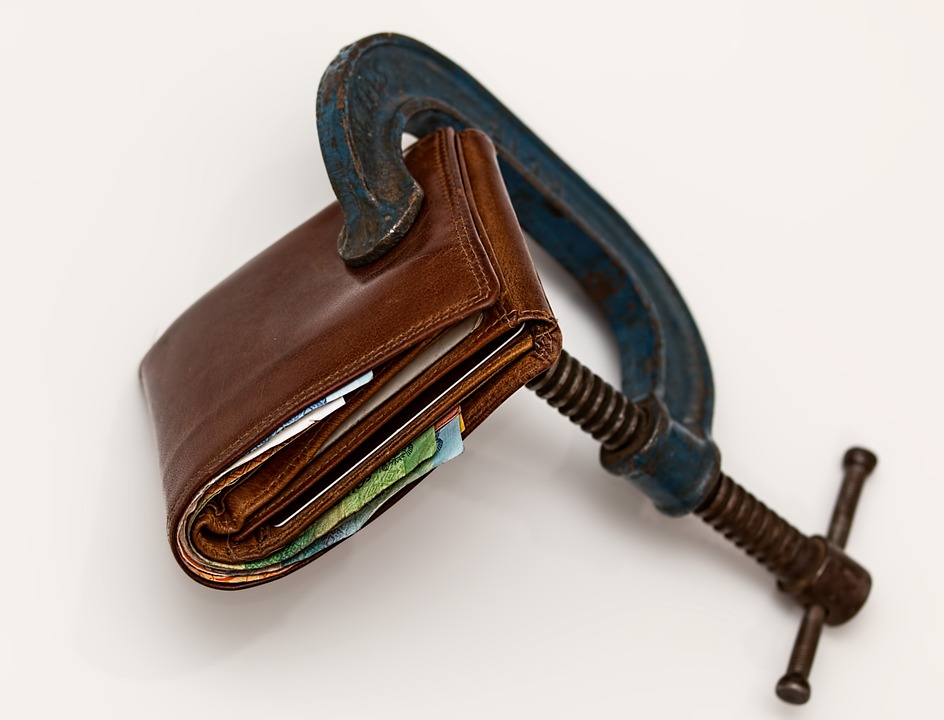
Debt is a global problem. Every day more and more people are falling further into the debt spiral. They take up loans they cannot repay and max out credit cards with high-interest rates. Falling into the debt spiral is detrimental to anyone. Additionally, crippling debt is spilling over into our younger generations. Paul Philips of the Debt Line says this has in fact greatly impacted the overall economy.
Over-indebtedness and credit which has for years been overextended are starting to play a massive role in the economy of the country. In this piece we will take a look at the different types of debts which have affected almost everyone:
Pay Day Loans
Pay Day Loans are notoriously easy to get and offer those in a pinch a chance to access money quickly. Credit checks are not as stringent as those run by banks and this has meant that even those who are already over expended could access them. PayDay loans are far smaller than those available through banks but they are paid back at great interest rates. This, in turn, leaves the applicant in a worse off position than before they took out the loan. People who usually take payday loans are 80% more likely to reapply for the loan once they have been paid back. This, in turn, throws them into a never-ending spiral of debt.
Student Loans
Not everyone will have the means to study further after school. This is where student loans come in. They give the prospective student the financial means to study with payments only due once the applicant has completed their studies. These high-value loans are paid back in small installments and at extremely high-interest rates. It is not uncommon for those paying off student loans to do so for up to 10 years after they have completed their studies. Additionally, the loan applicants are unlikely to find employment which allows them to live comfortably while still paying off their loan. This will lead to the applicant taking out additional loans as a means to live.
Credit Cards
Credit cards are easy to access and easy to use. They are not as easy to pay off. In the banking sector, this type of loan is also called revolving credit. This means that when used correctly, a credit card is meant to be paid off a month or two from using it. But, this is not how most people use credit cards. Once the applicant of the card maxes out the facility they find that the payment into the account is unsustainable. The repayments are minimal and the interest rate of the card is high. This means for the first 15 months of repayment, the cardholder will only pay off the interest accumulated on the card. The months that follow will slowing dig into the capital amount on the card. Many people find it hard to completely pay off their credit card and will resort to using it time and time again until it is maxed out. Then they will have to start the repayment process again.